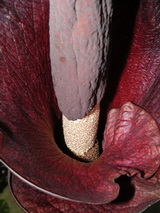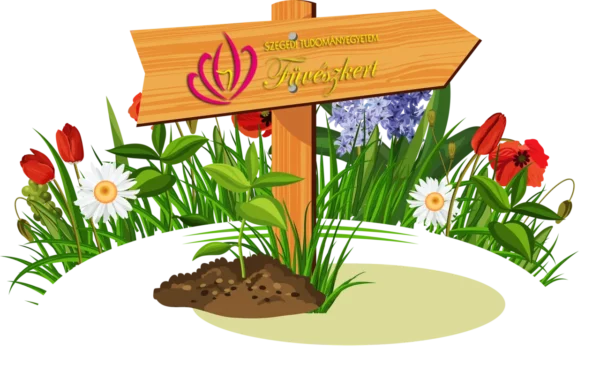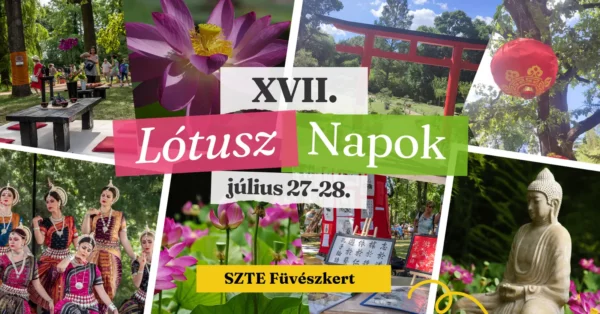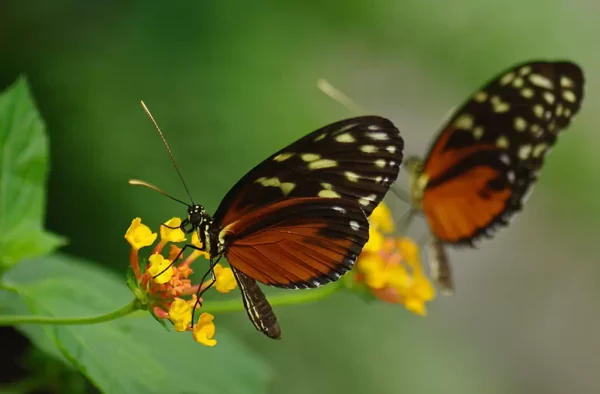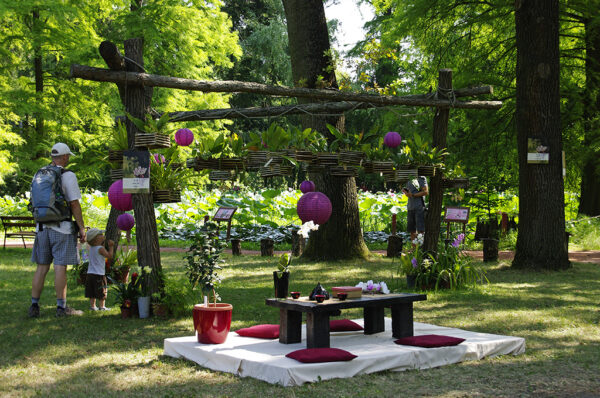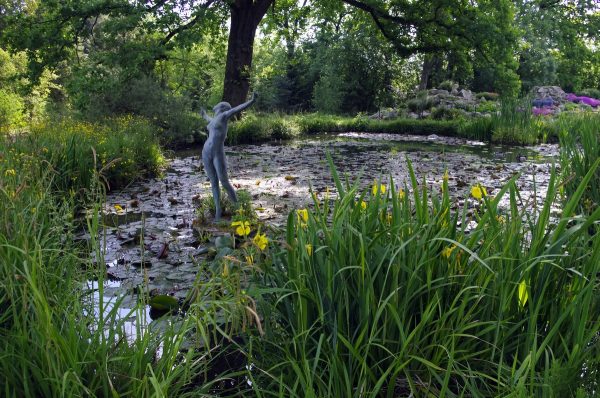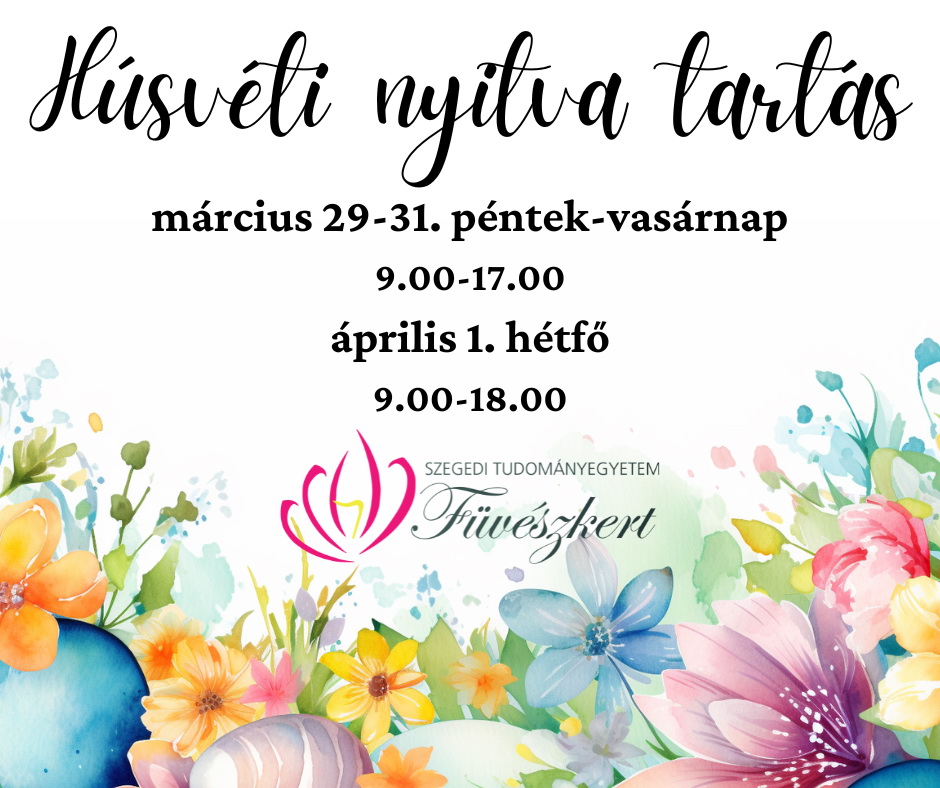Despite the extreme weather, it is worth a visit to the Botanical Garden for garden lovers.
Most of the garden can be walked on concrete and dirt roads, so the enterprising can enjoy the spring flowers emerging from the snow and flowering shrubs with dry feet.
On the occasion of Easter, children can also participate in a game during the walk. We await their answers to questions related to the holiday and the flora. Correct solutions are rewarded with a gift.
Those who wish to spend the day even drier than this do not have to give up the beauty of the flora. The greenhouse offers attractions every day of the year. The collections await the visitors renewed and refreshed after the usual pruning and transplanting during the winter period. Among the many blooming and ripening plants, two interesting ones are definitely worth seeing now!
Cocoa tree and carrion flower
After several years, it can be admired again cocoa tree crop. The small white flowers were also fertilized on the trunks of two trees. The rugby ball-shaped, capsule-like fruits are already larger than 10 cm. Under the hard, yellowish shell, surrounded by a gelatinous shell, cocoa beans are hidden, which provide the raw material for cocoa powder and chocolate.
A real point of interest titanium maceone representative of this is the leopard bun flower. The plant is also sold under the name miracle tuber, as it is characteristic of titanium maces that they develop their large inflorescences covered with colorful bracts from their underground storage tuber. In the case of some species, the inflorescence is really huge, up to 2 meters high. It can be seen in the herb garden Amorphopallus riveri its inflorescence is smaller, but still astonishing with its length of 60 cm. The attention-grabbing, purple sheath, which we think are the petals of the flower, is actually a colorful bract that protects the small flowers lined up next to each other on the stem inflorescence. The bracts tightly wrapped around the inflorescence give the plant a special appearance, which also inspired the Latin name of the genus: Amorphophallus. During the opening of the inflorescence, it emits a stinky smell of carrion, which attracts the pollinating bees.

